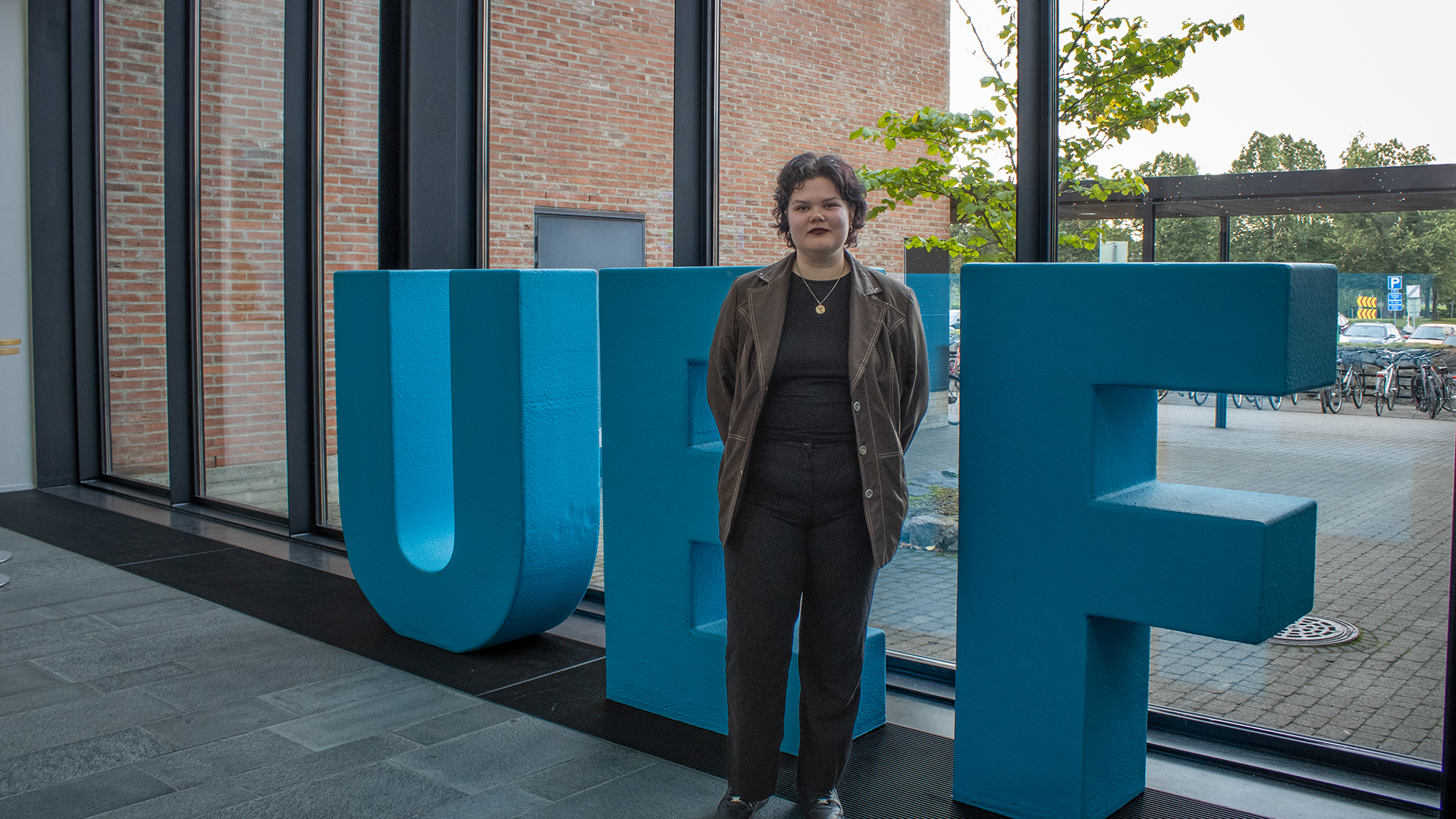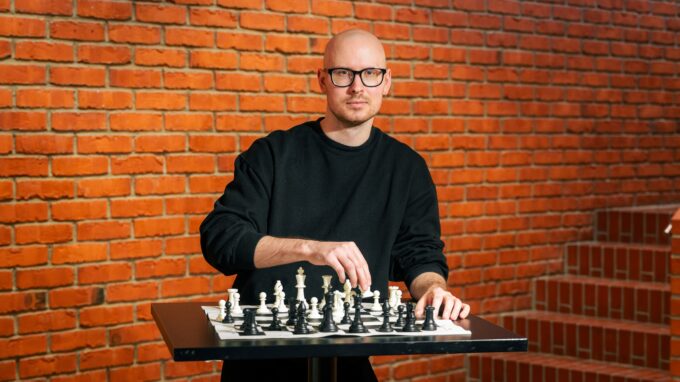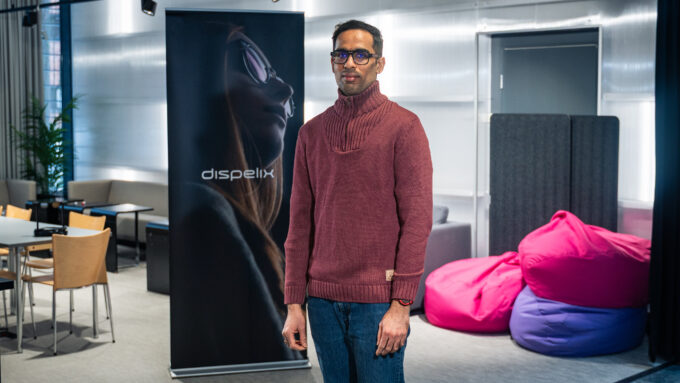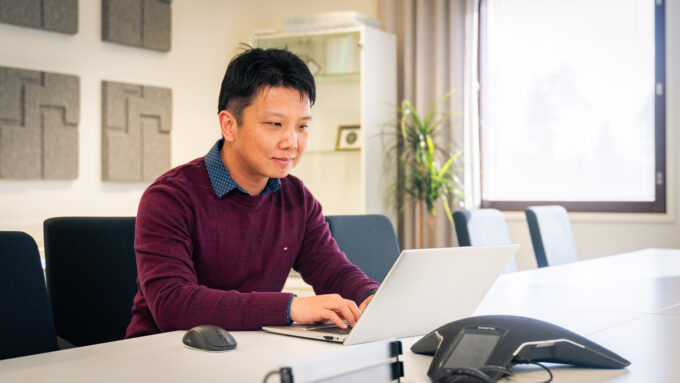Veera Piiroinen first decided to become a Master of Science (Technology). She only chose photonics as her field later. She hasn’t had any regrets.
Joensuu is one of the top cities for photonics education. Over the past decade, the University of Eastern Finland has trained nearly one hundred photonics professionals in the city, which amounts to about half of all photonics students in Finland.
One of them is Veera Piiroinen, a second-year bachelor’s degree student from Outokumpu. She only decided to go into photonics at the last minute, though.
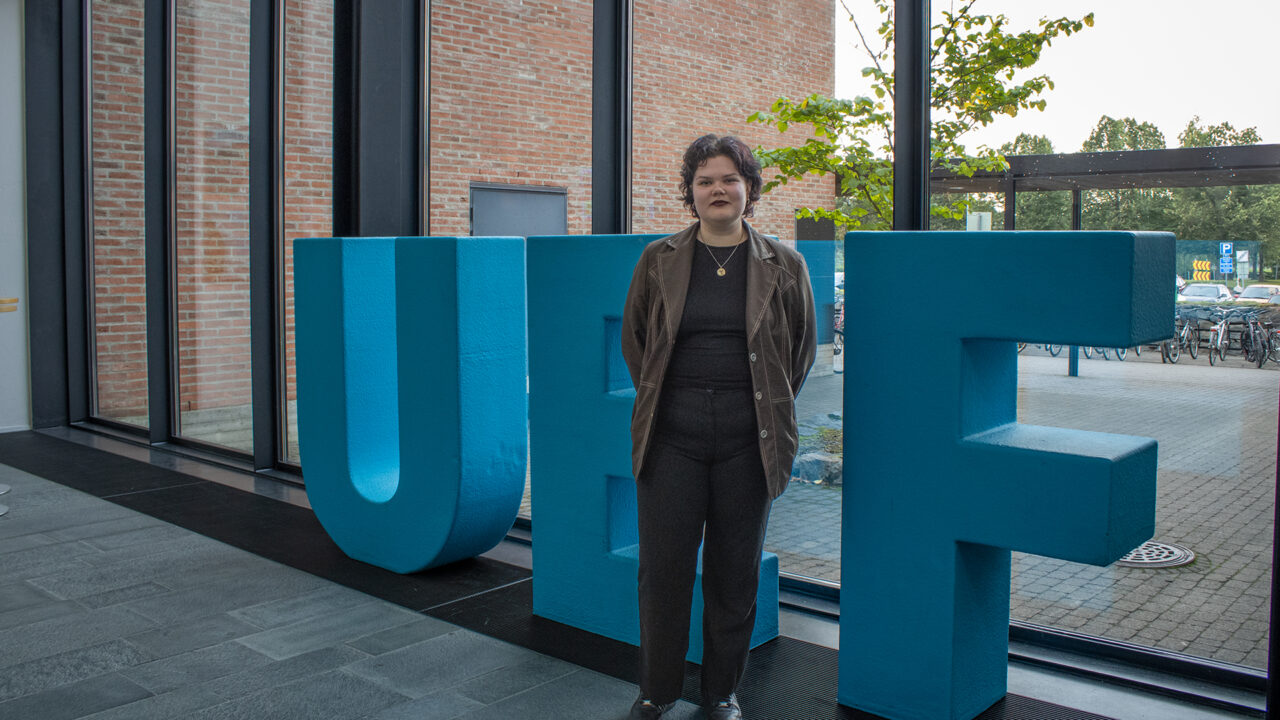
‘I knew that I wanted to become a Master of Science (Technology), but initially, I was considering a career as a mathematics teacher or even studying at the School of Business. I only chose photonics as my field later. This is now my second year of study, and I should have my degree in hand in a couple of years,’ she says.
Piiroinen has been interested in natural sciences since a young age. While she was originally unfamiliar with photonics, she has since been able to immerse herself in this fascinating field.
‘In the beginning, I did not even know what photonics was. By now, though, I’m starting to understand, among other things, how many different career opportunities there are.’
However, one thing is quite certain: there is work for experts in the field now and in the future.
Living by the university’s rules
At first, adjusting to university studies seemed a little difficult after upper secondary school. However, once she really got stuck in, Piiroinen has become accustomed to university life.
‘Now, it all feels pretty nice. We have plenty of calculation exercises in every course, about once a week. And normal lectures on top of that, some remotely from Kuopio,’ she says.
‘Naturally, it gets busy sometimes, but on the other hand, it varies from period to period. Sometimes, I earn 20 course credits per period, but there have also been periods with 10 credits, which is not very much at all. In other words, it’s all reasonable and not insurmountable in the least.’
Heureka moments are a weekly occurrence, and she is also slowly becoming more and more familiar with the photonics field.
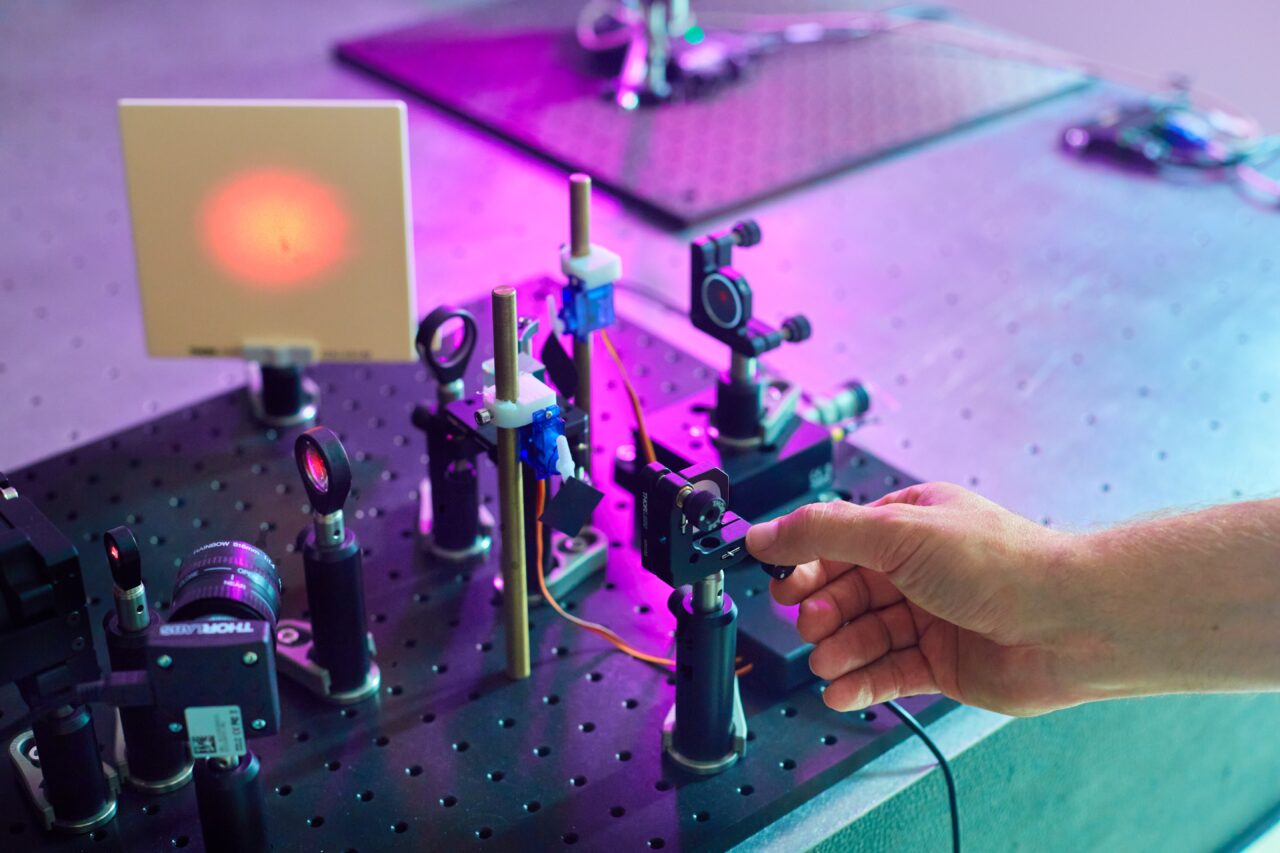
‘For example, I had never realised that photonics deals with the smallest light particles, i.e. photons. I find that fascinating,’ Piiroinen says.
‘This is a very exact science where one gets to know one field of physics very closely. It might not be everyone’s cup of tea, but it suits me.’
Piiroinen has also liked the Joensuu campus.
‘Even though the campus is fairly extensive and large, it’s still close to the city centre, which means that there is no problem with travel. I live ten minutes away from school. I also like the way things have gone here. Help is available for those who need it, and there is flexibility with minor subjects – for example, I was able to switch my minor from Business to Chemistry.’
Future dreams
In the near future, Piiroinen has also considered participating in an exchange programme. There are several options.
‘Central Europe and France in particular would be interesting. But that’s still up in the air,’ Piiroinen says.
She does also have some plans for the longer term, for example when it terms of employment. She would be interested in a potential career in business, but she is not ruling out becoming a researcher, either.
Business visits are made from and to the school – the most active companies are introducing themselves to the students.
‘The photonics industry is expanding at a rate of 25 per cent annually.‘
‘All in all, studying photonics has changed my views on all the employment options available to me. For example, production companies in the field offer a wide range of positions. A planner’s job might be interesting. On the other hand, I could see myself working as a researcher, even if finding employment as one would be more difficult,’ she says.
However, one thing is quite certain: there is work for experts in the field now and in the future.
‘The photonics industry is expanding at a rate of 25 per cent annually. So growth is very rapid. I believe that I at least have a better chance of finding employment in this field than in some other field,’ Piiroinen laughs.





This material was produced as part of the activities of the City of Joensuu Innovation Ecosystem Agreement (ERDF), co-funded by the European Union and the city of Joensuu.

